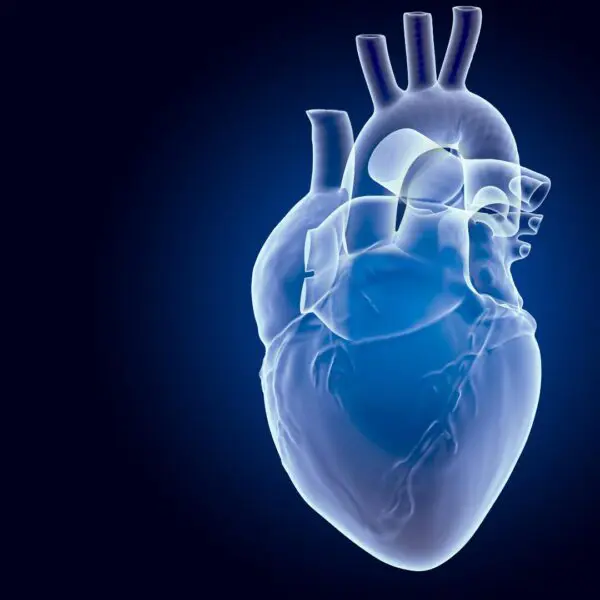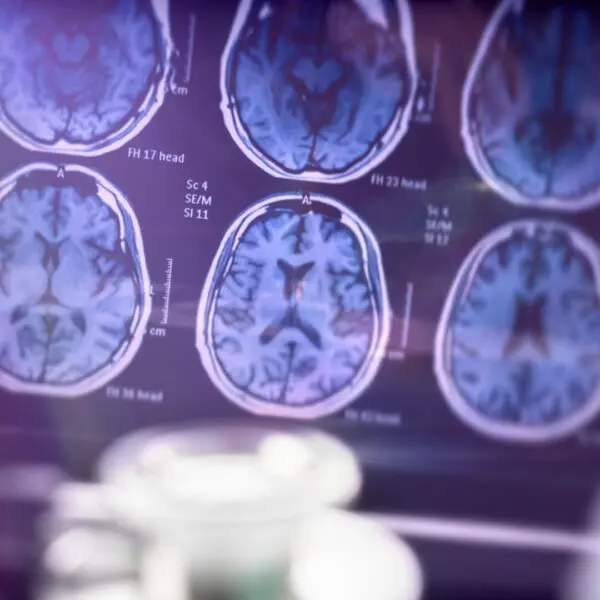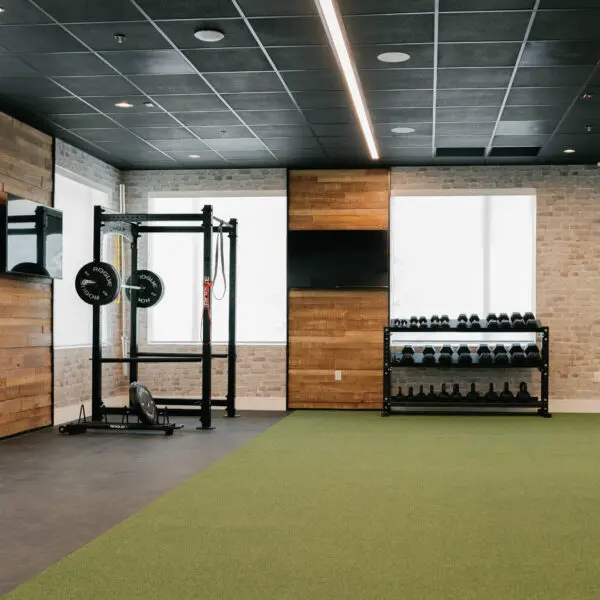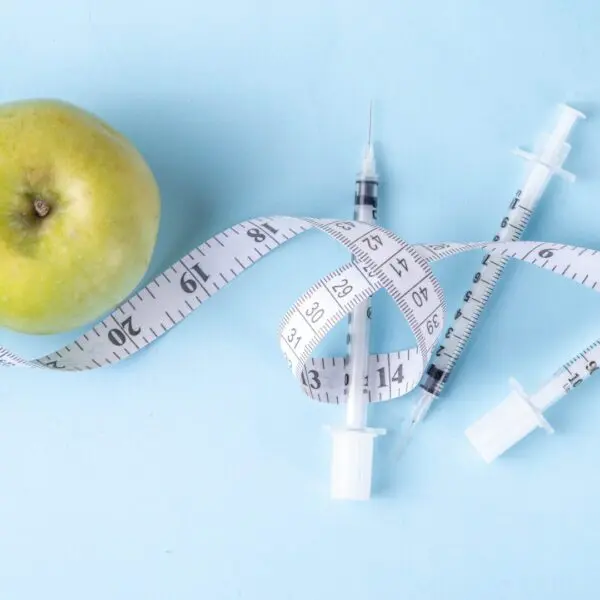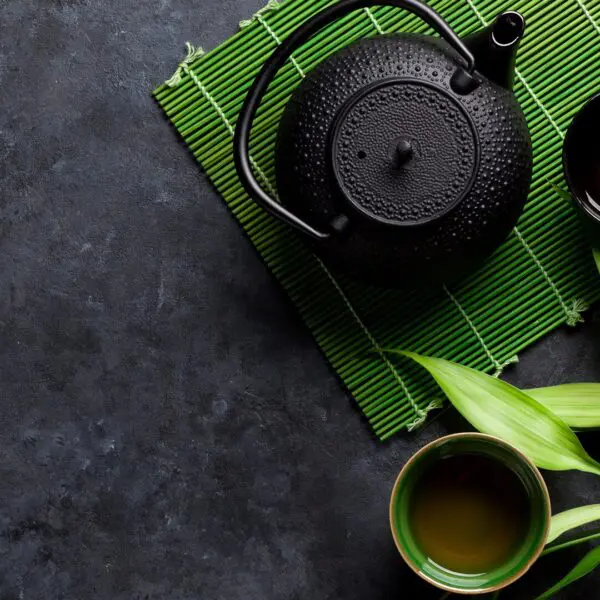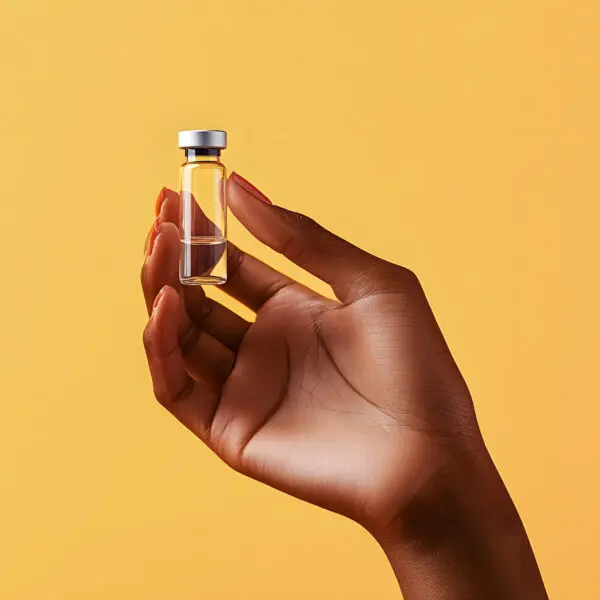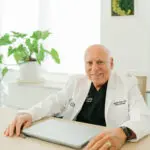
Lubricin is naturally found in our body as part of the synovial fluid, the viscous substance that cushions and lubricates our joints. The above diagram is a quick synopsis of the effect of Lubricin on osteoarthritis. As we can see a lack of Lubricin will contribute to the formation of osteoarthritis. Lubricin is crucial to allow the two adjacent portions of a joint to glide on one another with minimal friction. It can be called the body’s Teflon system only it works much better than Teflon. Like many good things lubricin is lost over time due to the ravages of aging, injury and exercises. With the loss of lubricin the joint will become painful, stiff and cause the patient discomfort. When the patient reaches this stage, we try to use our tools that are available to us with Regenerative Medicine procedures. A heathier joint will hopefully have Lubricin production back in the mold. We must remember that Lubricin production not only decreases the painful symptoms of degenerative arthritis but also helps control the progression of the disease. Ultimately, this is what we try to accomplish with regenerative procedures. Now if we can combine Lubricin production with a regenerative stem cell procedure we may achieve better overall success.
Let us take a better look at the science of Lubricin. Lubricin is a surface-active glycoprotein secreted in a synovial joint. It plays an important role in cartilage integrity. In healthy joints, Lubricin molecules coat the cartilage surface providing boundary lubrication thus preventing cell and protein adhesion. Lubricin (also known as superficial zone proteoglycan SZP), is a protein expressed by superficial zone chondrocytes and is involved in lubrication of the articular cartilage surface, and also prevents deposits and degeneration of the cartilage and boundaries of the joint. It is the most lubricating and anti-adhesive molecule in the human body. Lubricin biosynthesis and bio distribution are mostly regulated by cytokines and growth factors. These are the same factors produced by stem cells and other cells. Exposure of synoviocytes, chondrocytes and cartilage implants to pro-inflammatory cytokines such as interleukin-1(IL-1) and tumor necrosis factor-alpha (TNF), results in a marked reduction in the expression and/or abundance of secreted lubricin, with corresponding alterations in the amounts of cartilage-associated lubricin. Conversely, exposure to transforming growth factor-beta(TGF-Beta) significantly upregulates lubricin synthesis, secretion and cartilage boundary association. Of course, we must take these results with a grain of salt since they are studies performed in the lab rather than an actual real-life situation. In the field of Regenerative Medicine what happens in the lab does not always translate to real life situations. My suspicions are that these two situations will correlate with each other.
Lubricin plays an important role in joint physiology, and the loss of accumulation of lubricin may be a factor in the pathology of osteoarthritis. There have been some studies in mice where an arthritic condition was created and there were two treatment groups. The conclusion was as follows: supplemental intra-articular Lubricin reduced cartilage damage in the ACL transected rat knee 6 weeks after injury, while treatment with Hyaluronic acid did not. It was found that when the rats were treated with some growth factors which reduce inflammation and increase Lubricin formation than the damage was much lower to the joint in the long run. When people are thinking about joint lubrication they typically think of Hyaluronic acid. These two compounds are not the same. Hyaluronic acid is typically given as a shot to people who have osteoarthritis. It is approved by most insurance companies. It works fairly well in improving symptoms on a temporary basis.
In the case of Lubricin it is the load-bearing and non-load-bearing zones of the joint that give direction and regulation of certain growth factors (cytokines). The effect of certain compounds can have very interesting effects. For example, TGF1(Transforming Growth Factor-1) and heparin will bind and regulate the protein on the load- bearing zone in only 1 out of five times compared to simple saline. In most cases, TGF actually reduces binding of lubricin on the joint and inhibited SZP protein expression compared to saline or to the actual injection of lubricin. Same scenario for heparin. Let us take a better look at this. Heparin is used “to thin out” the blood and in Regenerative Medicine, it is utilized to prevent the coagulation of the platelets in PRP formulations and in Bone Marrow aspirations. So right off the bat if heparin is used than there may be some stimulation of Lubricin. We use heparin in all of our bone marrow aspirates. Now I realize that heparin may stimulate Lubricin production in the joint.
One of the most surprising things I have learned about Lubricin is the effect that saline has on its production. Saline is salt water
(sodium chloride) with the same concentration as our blood. We have found that saline with some other propriety components has a rapid and dramatic effect on the production of Lubricin in the joint. Using saline in a joint, especially a large volume, will stimulate the Superficial Zone Protein (also called Lubricin.) Adding certain cytokines to the mix will help neutralize inflammatory cytokines and further expand the production of lubricin. However, we have found the saline alone has a rather significant effect on the joint. This goes back to something I learned in doing thousands of arthroscopies. When we did arthroscopic surgery on an older person who had arthritis they initially felt better but the improvement did not last. What I realize what we were doing is that we were stimulating the formation of Lubricin. Using saline in a joint, especially a large volume as we do, will stimulate the Superficial Zone Protein (also called Lubricin.) This is a protein that is encoded with proteoglycan 4 (often mistakenly called PRG4) so basically your saline lubricates the joint. At one time, we considered saline a placebo but studies have now shown that saline is a therapeutic agent. Adding AIL-1 and IL-10 in specific ratios will neutralize the inflammatory cytokines and expand our lubricating and preparatory treatment. Joint motion increases the production of lubricin. That’s why activity—specifically, exercises for joint mobility is so crucial to maintaining joint health and managing arthritic pain.
A research group from Cornell Univ (Bonassar et al) has discovered that Lubricin helps anchor Hyaluronic acid to the tissue surface. This in turn moves the cartilage in to a low friction regime. A quote from Dr. Bonasser “The implication of this finding is that the efficacy of HA treatment might depend on how much lubricin is in the joint at the time of injection, which could explain why clinical trials of HA have such variable outcomes and may also suggest new formulations of HA that might be even more effective in the clinic,”. Another intriguing twist is the possibility of using the arthrolavage with saline and the growth factors and then treat the patient with Hyaluronic acid. By first increasing Lubricin production we can increase the effectiveness of Hyaluronic acid injections into the joint. There are now studies to produce Lubricin in the lab. This process is called a recombinant DNA product. This means that many time the product is made by bio-engineered bacteria. Lubricin is just one of many new ideas that are arising in the field of Regenerative Medicine as it pertains to joint arthritis. It appears that it may be a good helper to stem cells.
